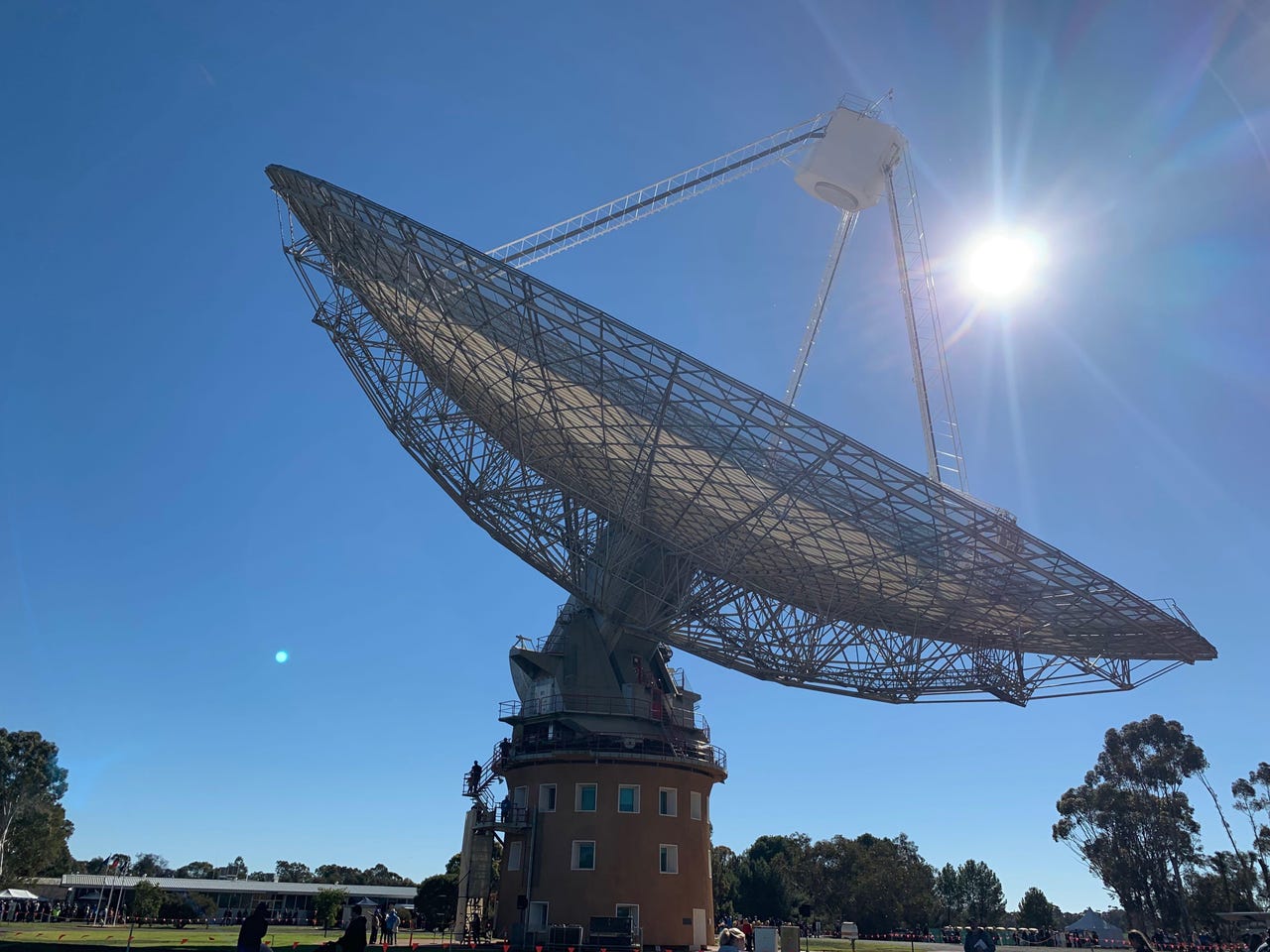Canberra reaffirms commitment to Australia's future in space

Parkes radio telescope
The Australian Space Agency was officially stood up a little over a year ago, following a AU$41 million commitment made by former Prime Minister Malcolm Turnbull during the 2018-19 federal Budget.
Situated in Adelaide, South Australia, the agency is under the guidance of former Commonwealth Scientific and Industrial Research Organisation (CSIRO) boss Megan Clark.
As detailed in a roadmap released in early April, the space agency plans to transform and grow Australia's space industry over the next 10 years through four so-called Strategic Space Pillars: Opening the door internationally; developing national capability in areas of competitive advantage; ensuring safety and national interest are addressed; and inspiring and improving the lives of all Australians.
Speaking in Parkes, New South Wales to celebrate the 50th anniversary of the Apollo 11 mission on Sunday, Minister for Industry, Innovation and Science Karen Andrews reiterated the agency's mandate to triple the size of Australia's domestic space industry up to AU$12 billion by 2030, which would generate 20,000 new Australian jobs and encourage more kids to take up STEM-focused careers.
"Whilst it's important to remember what happened 50 years ago and what has happened since, it's also vitally important that we look forward to what the future holds for us," she said.
"Who really knows what the journey to space will be over the next 50 years and what we will be seeing at the end of that 50 years, but I do know that Australia, the Australian Space Agency, CSIRO, and everyone who wants to be part of this space journey with us will be involved in the opportunity of seeing Australia take a real part."
Andrews said Australia is actively speaking with NASA about opportunities to be involved in its Artemis program.
"And I know they are working on their program of getting the next person onto the moon and that will include the first woman on the moon -- and how I wish that was me," she said.
Read more: NASA aims to put first woman on the moon by 2024 in Artemis mission (CNET)
"There's going to be lots of opportunities for Australia and Australians to potentially build on what they're already doing today ... be that through equipment, or robotics, or artificial intelligence and who knows it could well be an Australian as the next person on the moon."
Also in Parkes was Deputy Prime Minister Michael McCormack who said the government is committed to making sure it looks at science to ensure it takes a part in everything that the government does.
"That broadcast was only made possible because of the dish here at Parkes, because of the engineering, the ingenuity, and the innovative spirit of people here at Parkes 50 years ago," McCormack said.
"[CSIRO] plays such an integral part in space technology, indeed our federal government is putting a lot of money into investing in science for the here and now, and indeed for the future."
Ministers and CSIRO officials take a 'haystack' ride on the Parkes dish
McCormack said the space agency is making great progress.
"[We're] making great progress because we're making science real. So many young people will be inspired by what they see today and that can only be good for the future," he said.
Deputy head of the Australian Space Agency Anthony Murfett made similar comments.
"Australia has huge potential in the communications field of space, and a new area called optical communications. The dish behind me uses radio frequencies to communicate; we're now thinking about optical communications, which is communicating with lasers which is 100 times as fast as the transmission being received behind us," he said, pointing to the dish.
"As we look at Mars, they're the type of technologies we need. And if you had a look at things like the [Lunar] Gateway, those devices won't have humans in them all the time. So that means they need to be automated and if we have a look at technology in our mining sector, people probably know the big yellow trucks, they're automated -- the rail in the Pilbara region, 1,600km -- it's all autonomous, and if we have a look at the drilling that's undertaken, that is autonomous ... that level of automation is world-class in Australia and they're the type of things we're looking at as we have conversations with NASA and the European Space Agency."
RELATED COVERAGE
- Australia hopes to kick start space industry with new strategy
- CSIRO coughs up AU$35m for Australia's space and AI efforts
- CSIRO directs space agency away from humans and towards commercialisation
- Queensland wants a share of Australian space industry
- Lockheed Martin signs on as Australian space partner
- Australia signs space agreements with the UK and Canada
- Australia partners with France for space program development
- Boeing signs on as Australian Space Agency partner with a focus on STEM
